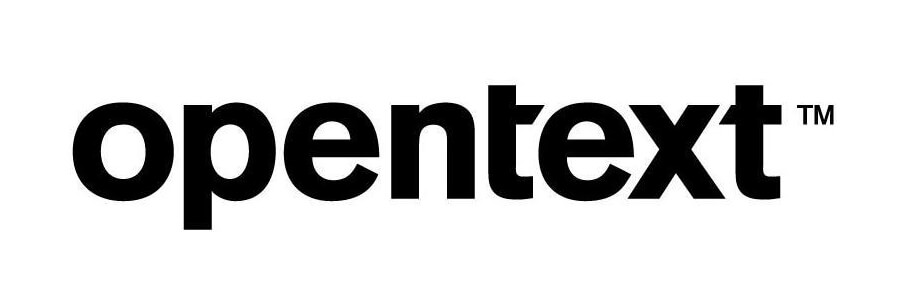Early in my career, I spent some time consulting for a very large laptop company. As with any consulting engagement, the client would lay out the problem and then proceed to explain what data points were available to expose and remedy the issue. From there, we would craft a solution that helped to provide all the critical information in an easy-to-consume format: a custom dashboard.
Basically, what we were building was a business intelligence dashboard — one that combined data points from a variety of applications, applied advanced business rules and presented a customized view allowing users to easily see all of the key variables in motion. This dashboard took information from everywhere available and made it easy to consume and act on. It was precisely what was needed to resolve any visibility issues a client was dealing with.
Today, you might say that what we were building was a supply chain control tower — a term that’s currently getting a lot of attention.
What is a supply chain control tower? Is it just an advanced dashboard with a lot of thought, logic and a pretty display? Is it merely the modern version of a custom dashboard?
In the past, an advanced dashboard took in data from many sources: order lifecycles and order management systems, transportations systems, warehouse management systems and even vast data warehouses across the business. At best, this information was provided in real time, allowing operators and monitors to make adjustments as needed based on the data.
With the proliferation of new and evolving digital technologies, businesses have valuable new data points they can now incorporate into a supply chain control tower. These data points are often easily accessible through the use of APIs. For instance, OpenText™ Active Orders is an order lifecycle visibility tool with API capabilities. Another example is OpenText™ Lens™, which makes it possible to share extensive information about the exchange and status of electronic transactions. APIs allow process-specific applications to share complex findings as simple data points that can be consumed and displayed along with a variety of other helpful information.
Beyond gaining greater access to intelligent information, we have also seen significant advances in areas like machine learning, artificial intelligence, predictive analytics and even dynamic scenario correction. This is what has transformed the old business dashboard into the powerhouse that is today’s supply chain control tower.
A supply chain control tower is not an off-the-shelf solution to your problem; it’s a toolkit for building the most powerful dashboard available to help you solve your problem, sometimes even before the problem arises. Advances in predictive analytics and machine learning make it possible for today’s control tower to keep growing in value, removing manual intervention in areas that were not even recognized as an issue.
If you find this interesting, and wonder if you can apply this approach to your problem, you’re on the right track. The off-the-shelf product is your toolkit, not the solution. The solution comes when you use the toolkit to build a supply chain control tower with your information, based on your specific process, to expose and remedy the issue. Where you take your supply chain control tower is up to you.
